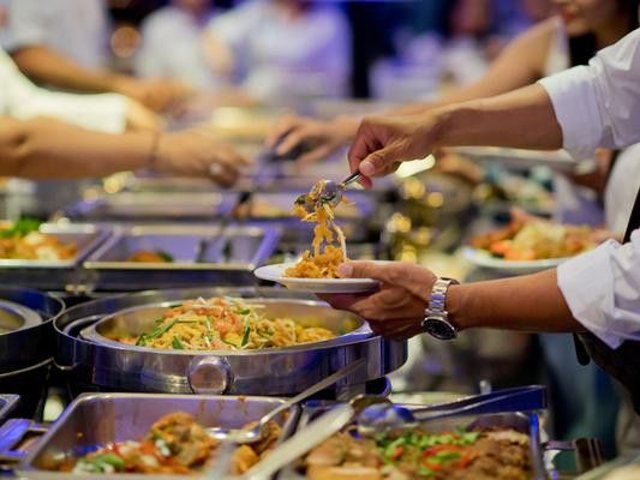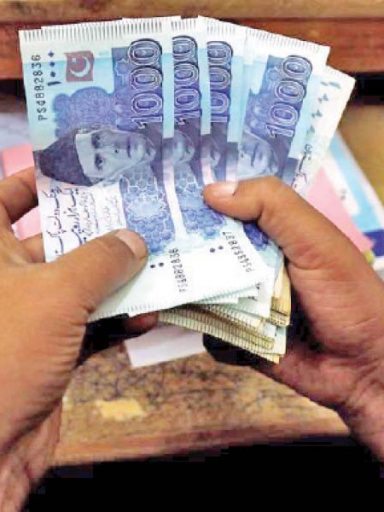As we already told you in our other posts, Singaporeans are foodies. They themselves proudly tell us that they were born to shop and eat, no matter what time of the day. As the saying goes, “where you go, do as you see”, we could not be spectators to such a scene, so we put all our senses into action and let ourselves be tempted. The variety of flavors there – Indian, Chinese and Malay – is simply a reflection of what the country is all about: multiculturalism at its purest.
A history class… through food!
How different it would have been if in those endless mornings in high school we had been taught all the subjects in a more dynamic way. If we had learned history through food, we would never have forgotten that the ingredients for the Singapore recipe are a handful of Malaysian, ten heaping tablespoons of Indian and five cups of Chinese.
Since we don’t have you around to share a meal right now, we invite you to savor this post together. Of course, we are not responsible for the consequences, especially if you read it when you are hungry…
Indian food
Without a doubt, our favorite dishes in Singapore are Indian. If you have traveled to the land of the Taj Mahal (and the cows that poop everywhere), you will notice that, although it has many similarities, the food is not exactly the same as what you will find there, since it is Indian-Singaporean.
That is to say that the recipes that arrived with the immigrants, especially from South India, were mixed, adapted, stirred and some unique delicacies were added. Something like Italian food in Argentina… did someone say sorrentinos?
Here we present the most representative ones, those that make the Indians shake their heads and the Chinese throw upright. You will lick your fingers, literally, because there is no better way to enjoy these curries than by making piles of rice and splashing your hands like a child.
The rotis
Mmmm… we think we will never get tired of eating them. We tried them for the first time in Malaysia and they won us over. We can’t believe when we meet a traveler who has been in the area for a while and still hasn’t tried them, and we invite him to come with us to one of the many kopitiam to have his rotis baptism.

Sweet, savory, with condensed milk, onion, egg or sugar… rotis are delicious either way. “Roti” means bread, but not as you are imagining, these are more like pancakes… but not like the pancakes you know. We better let the pictures describe them by themselves….
The first time you see the list of rotis on the menu you will get dizzy because all the names are in Malay, but nothing better than practice to get to know them. To make your choice easier, we name the classics so you know what you are ordering and don’t miss anything. All of them come with a little bit of dhal (lentil curry) so that you can accompany them. Yes, all of them, even the condensed milk one.
Roti Canai: the classic, without any extra.
Roti Bawang: with onion.
Roti Telur: with egg.
Roti Planta: no no, it does not have a plant inside, but planta means butter in Malay.
Roti Pisang: with banana. If you come from Thailand you might expect something similar, but honestly, the famous banana pancakes are quite different from these.
Roti Susu: with condensed milk.
Roti Boom: with butter and sugar, which are caramelized when cooked. A good roti boom has a round shape, although many people make them square for convenience. Dani is an expert on the subject and can shake it over your head if the circumference is not perfect.
Roti Tissue: with butter and sugar, but cooked so thinly that it looks like paper. Crunchy and delicious. This is the roti to try for a real roti. Not many can give it the pyramidal shape it should have and others do not even want to do it. It is the final test.
Banana leaf meal
If there is one thing that characterizes Indian food, it is the combination of flavors. Many flavors. In this case, they use the banana leaf as a dish, because they assure that it gives a special touch of flavor. The options vary, but generally you will be served rice, chapati (Indian bread without crumbs), papadum (fried snack) and several options of curries, usually vegetarian and delicious.
It’s sort of an introduction to Indian food on a single plate, or on a single sheet really. To feel the texture of the food, Indians eat with their hand. These types of dishes are usually VERY hearty, look at all the food we had in front of us when we were invited to eat by the Singapore Tourism Board.



